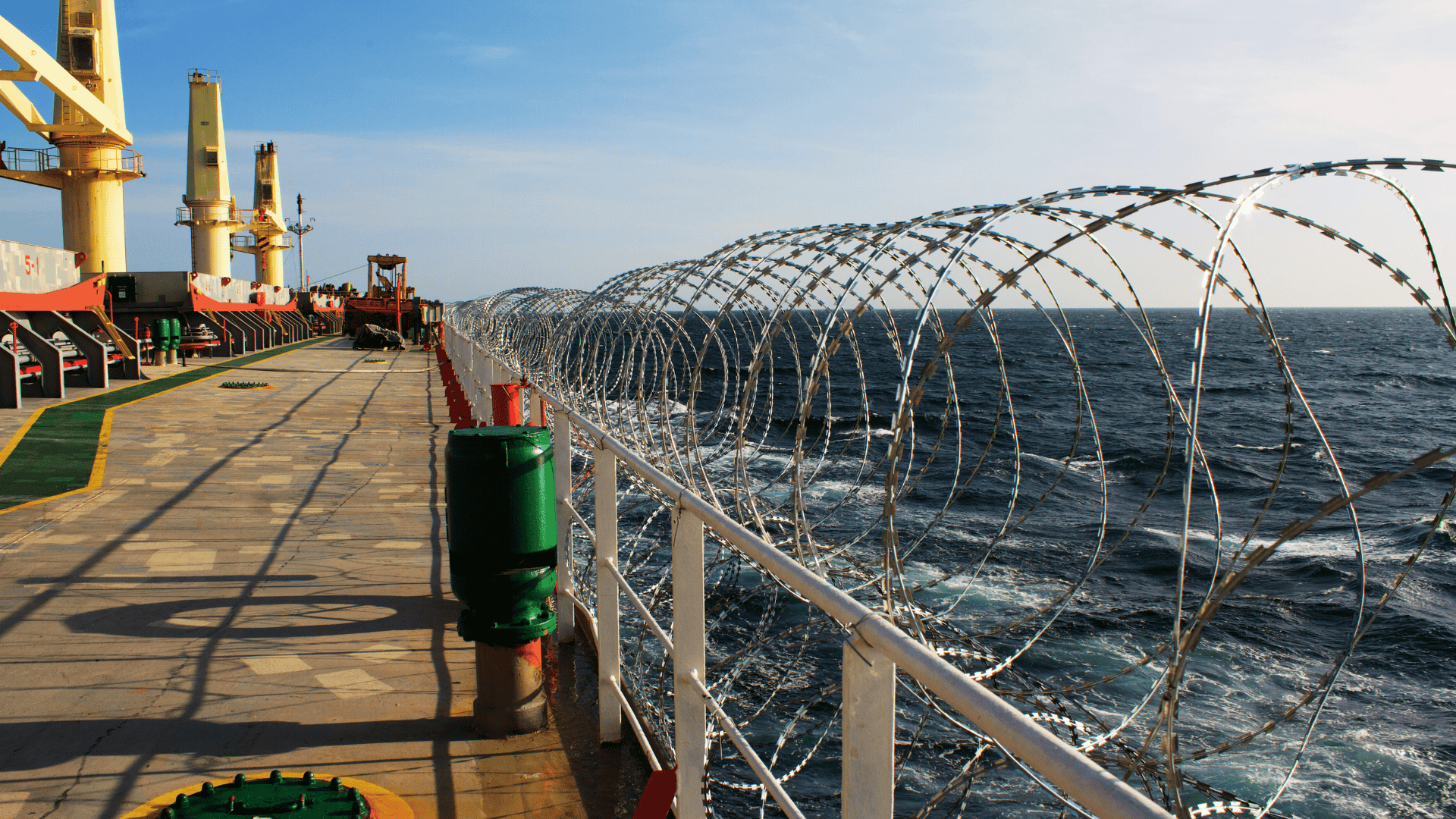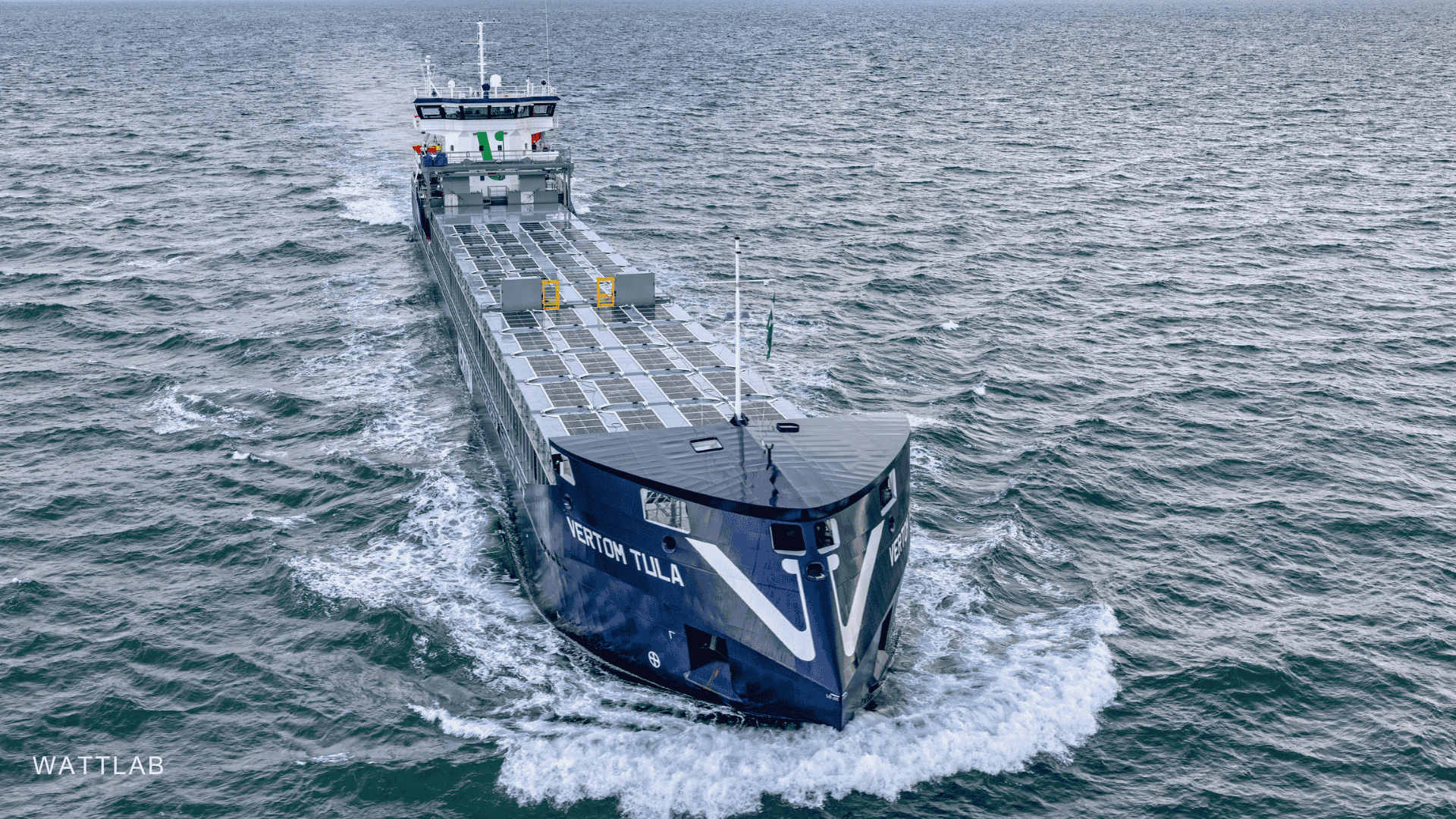Struggling to Staff the Seas

Just as global fleets continue to grow, the maritime industry is struggling to recruit and retain seafarers. Across the industry, shipowners from Singapore to Copenhagen are now casting wider nets — both geographically and by skill set — in their search for qualified seafarers.
The challenge isn’t merely one of numbers. Industry commentators note that as crews shrink and vessel complexity rises, the demand for hybrid-skilled officers and ratings has never been higher. At the same time, traditional seafaring career pathways are becoming less attractive, especially for a younger generation who face long stints away from home and fewer shore-leave opportunities.
To adapt, some operators are exploring alternative seafarer markets, tapping regions with under-represented maritime talent, and offering enhanced training programs to upskill new recruits. Additionally, retention has become just as critical as recruitment, with companies emphasizing on-board welfare, shore-leave flexibility and career development to stem churn.
The effects of this human-capital squeeze extend beyond individual ships: logistics networks, decarbonization roadmaps and overall supply-chain resilience all hinge on the people at sea. In short, getting the seafarer pipeline right is no longer optional—it’s a strategic imperative for global shipping.









.svg)
.svg)
